The average American living in Ohio and Pennsylvania may not know exactly who Gen. Anthony Wayne was, what he did, or what became of the man, but they've definitely heard his name, because so many streets and buildings are named after him there. Mad Anthony Wayne Became a Legend Through Combat But those who drive along U.S. Route 322 through Pennsylvania might even catch a glimpse of him, even though he's been dead for almost 230 years. Wayne was a politician, a Founding Father, and a...
The Christy Collection
Military Stories and Articles
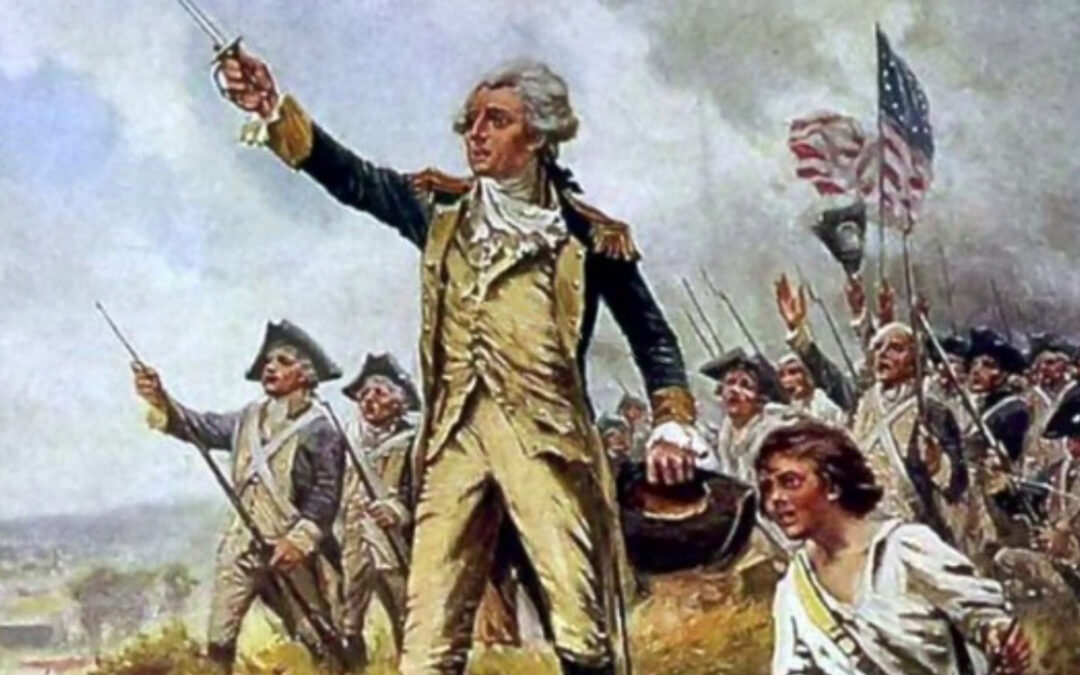
Revolutionary War – The Battle of Green Spring
The Battle of Green Spring isn't as celebrated a battle as the great American victories at Saratoga or Cowpens, but it is a relatively simple meeting between two great opposing forces, one that would demonstrate the evolution of the Continental Army in the face of superior British numbers and firepower. Lafayette’s Maneuvers Led to the Battle of Green Spring It was the summer of 1781, and the outnumbered Marquis de Lafayette was dogging British Gen. Charles Cornwallis as the two armies...
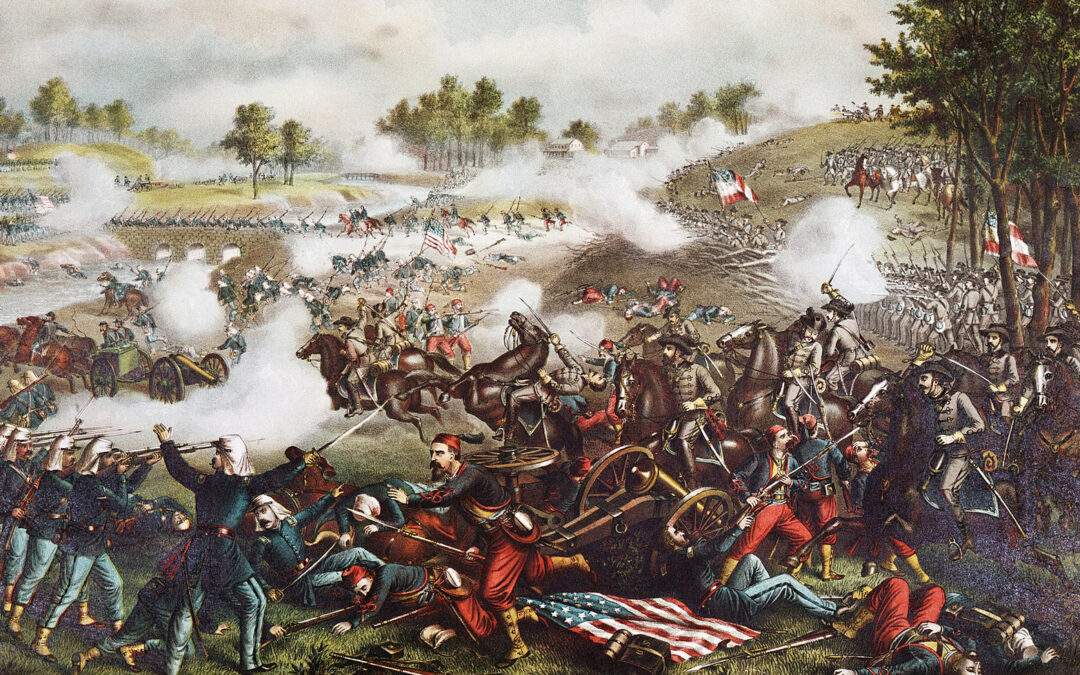
The Civil War Resulted in America’s First-Ever Income Tax
For anyone who’s ever wondered why the federal government gets a taste of your annual earnings like some kind of mafia godfather, the answer goes all the way back to the Civil War. And the saga doesn’t end until the turn of the 20th century. It’s safe to say that no one who saw income taxes as a temporary, extraordinary measure ever thought we would still have one more than 160 years later.

VADM John D. Bulkeley, U.S. Navy (1933-1975)
John D. Bulkeley was a Vice Admiral in the United States Navy and one of its most decorated naval officers. Bulkeley received the Medal of Honor for actions in the Pacific Theater during World War II. He was also the PT boat skipper who evacuated General Douglas MacArthur from Corregidor in the Philippines. VADM John D. Bulkeley Led Daring WWII Missions John D. Bulkeley was born in New York City and grew up on a farm in Hackettstown, New Jersey, where he graduated from Hackettstown High...
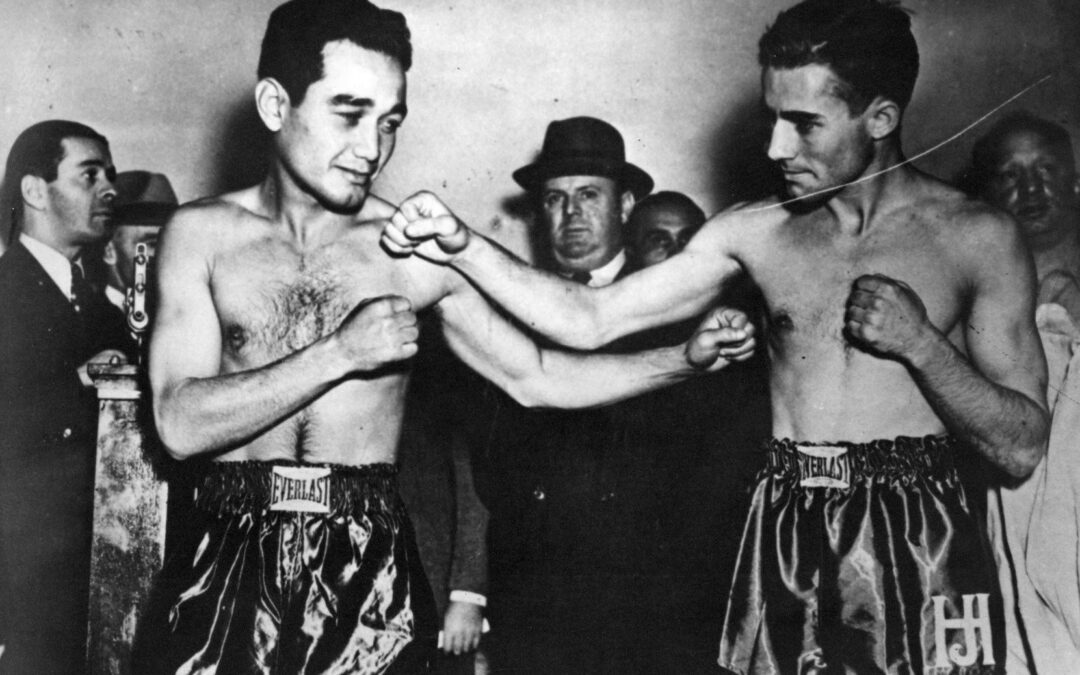
PFC Sixto Escobar, US Army (1941-1945)
Sixto Escobar, of the United States Army between 1941 and 1945, was Puerto Rico’s first world boxing champion, and International Boxing Hall of Fame member. Remembered today with the Estadio Sixto Escobar, the San Juan home of River Plate Puerto Rico, as well as many buildings, roads, and statues, he is a favored son of the island territory. Not as many people know, though, that he served in the military during the Second World War as an Army PFC.

Largest Amphibious Invasions In Modern History
The Battle of Inchon was an amphibious invasion and battle of the Korean War that resulted in a decisive victory and strategic reversal in favor of the United Nations. The operation involved some 75,000 troops and 261 naval vessels and led to the recapture of the South Korean capital of Seoul two weeks later. The code name for the operation was Operation Chromite. Amphibious Invasions Turn the Tide at Inchon The battle began on September 15, 1950, and ended on September 19th. Through a...
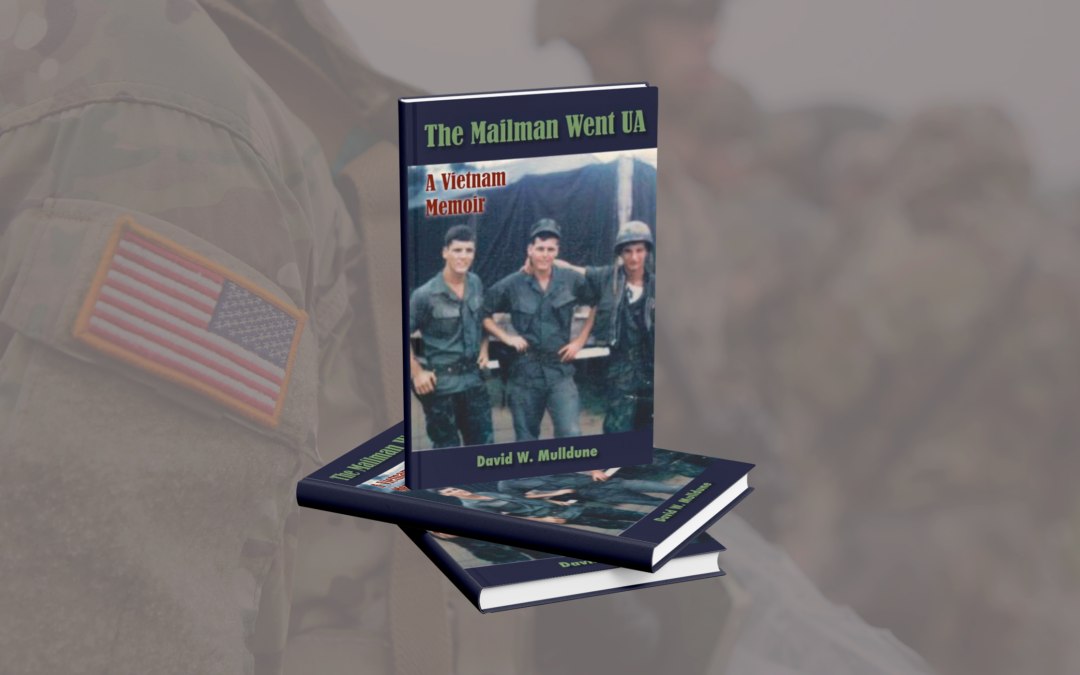
The Mailman Went UA (A Vietnam Memoir) by David W. Mulldune
The year 2025 will see a lot of retrospective looks at the Vietnam War, as the United States’ involvement began in 1965 (or 1955, depending on who you ask) and officially ended with the 1975 Fall of Saigon. The best retrospectives anyone could possibly read are the no-holds-barred accounts of the war from those who were there, on the ground, doing the job. And few Vietnam memoirs are as poignant and honest as David Mulldune’s “The Mailman Went UA.”
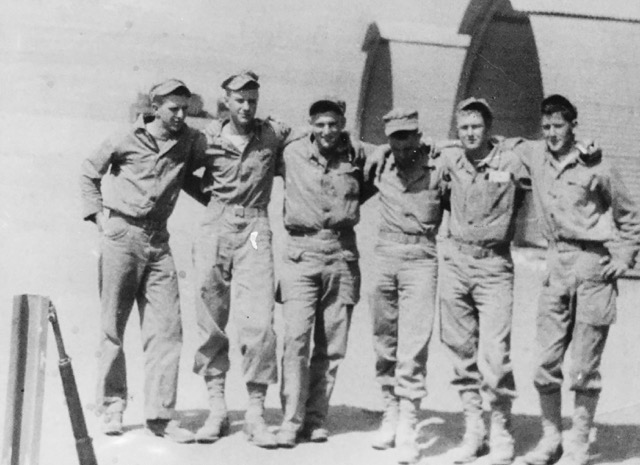
Korean War – Sacrifice And Survival at Chosin Reservoir
For 19-year-old Pat Finn, a Minnesota Marine with Item Co, 3rd Battalion, 5th Marines, the night seemed colder and darker than any of the others he'd experienced since landing in Korea. His Battalion had just arrived at a desolate, frozen lake he would remember for the rest of his life: the Chosin Reservoir. Chosin Reservoir Hit by a Devastating Surprise Attack As the sun went down on November 27, 1950, and temperatures sank to 20 degrees below zero, Marines at Yudam-ni, a small village on the...
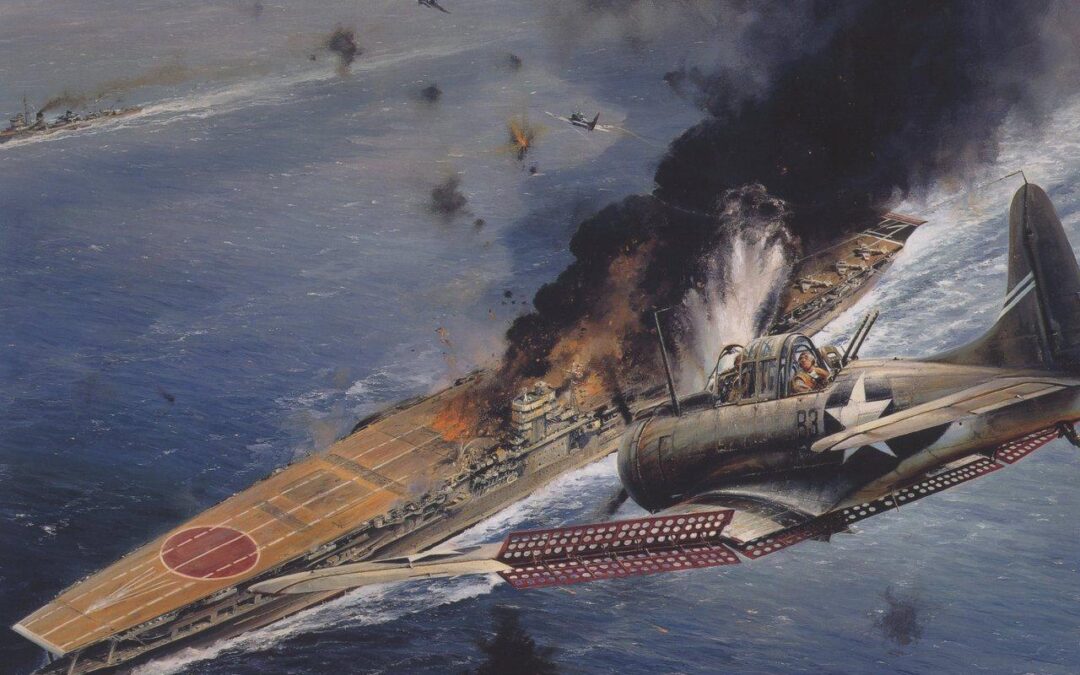
WW2 – Midway and Guadalcanal
There is some debate on the turning point of the war in the Pacific Theatre. Some historians believe the Allied victory at the Battle of Midway was the defining moment, followed by aggressive island-hopping all the way to the Japanese homeland. Others view Midway as the tipping point in the war where the initiative hung in the balance only to swing toward the Allies following its major victory in the Guadalcanal campaign. According to many other historians, however, the turning point of...
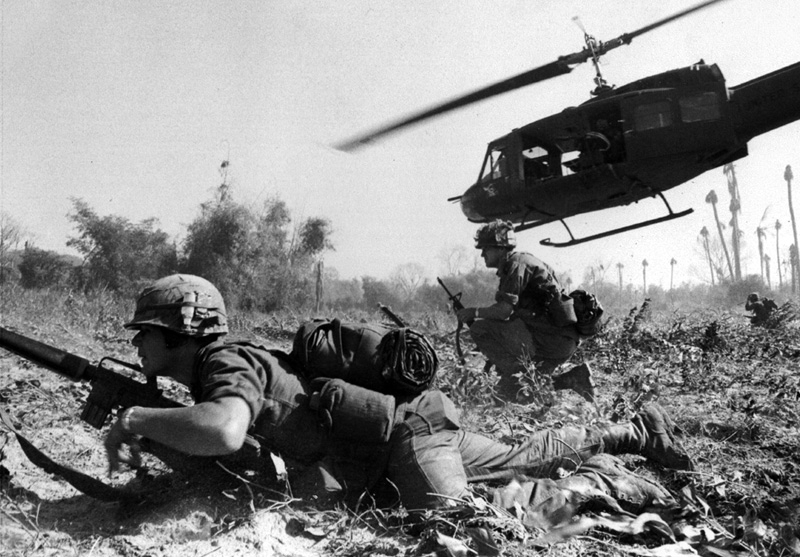
Summary of The Vietnam War (1959-1975)
Vietnam was a country torn by war long before Americans became involved in the fighting. French domination was interrupted by the Japanese occupation in World War II, during which Communist leader Ho Chi Minh formed his Viet Minh organization and began guerrilla operations against both occupying powers. The Viet Minh came to power when Japan fell, and the French Indochina War began in 1946 as France attempted to regain control over its colony. The war ended in May 1954 when the Viet Minh...
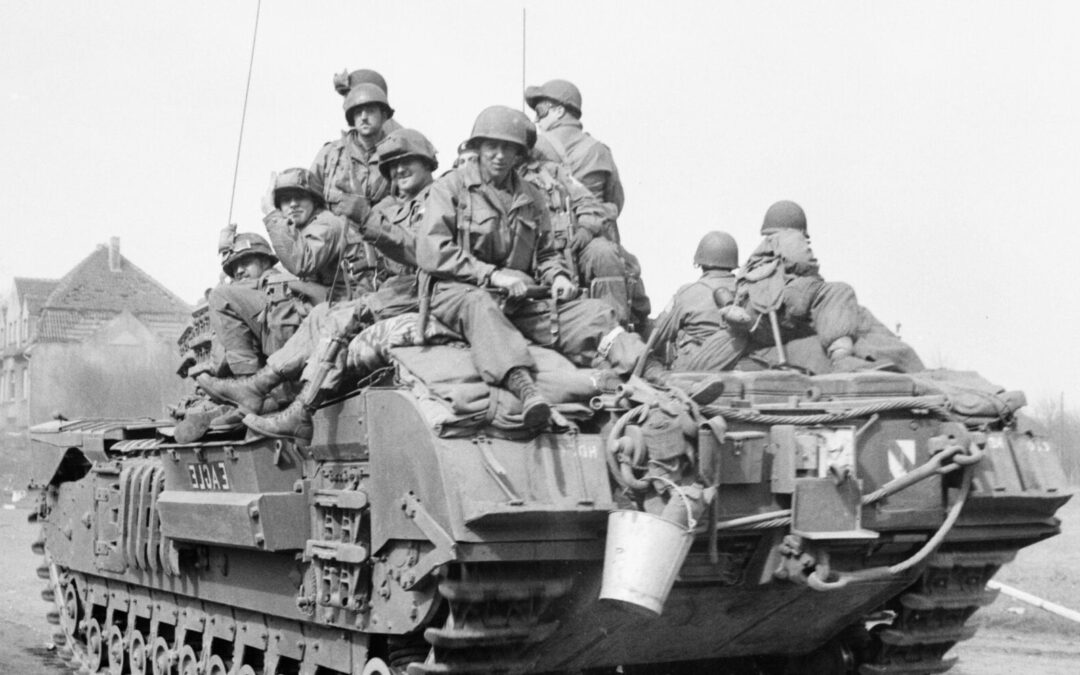
The Last Airborne Deployment of WWII
In the early morning hours of March 24, 1945, a massive WWII airborne operation known as Operation Varsity launched with an attempt to deploy 17,000 American and British Airborne troops across the Rhine River. It was the largest single-day airborne operation in history. Operation Varsity Launches Bold Airborne Assault C-47 Transport Planes Release Hundreds of Paratroopers during Operation Varsity. In the final months of WWII, Western Allied Forces advanced east into Germany. This meant...
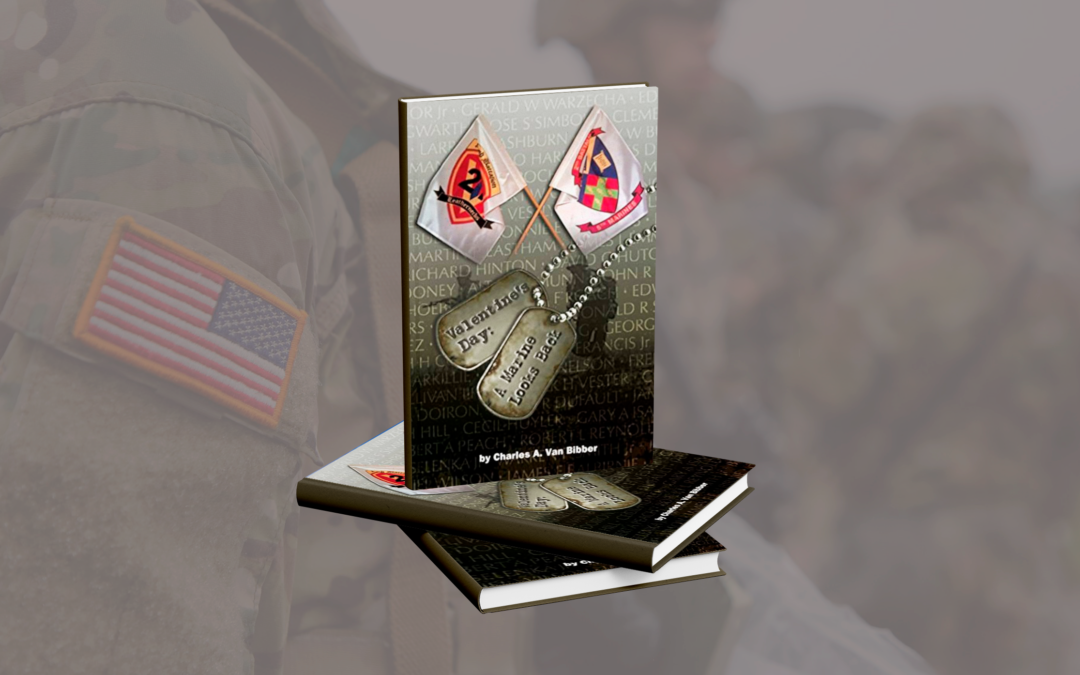
Valentine’s Day by Charles A. Van Bibber
In the late nineteen sixties, the author made a life-altering journey that led him out of Texas and into the U.S. Marine Corps and eventually into the jungles of Vietnam as a machine gunner during the tumultuous year 1968. 'Valentine's Day' (so named because Van Bidder's unit, 2nd Battalion, 27th Marine Regiment, departed Camp Pendleton for Vietnam on February 14, 1968) is a very excellent read. What makes it so is the straightforward accounting by the author on the horror,...